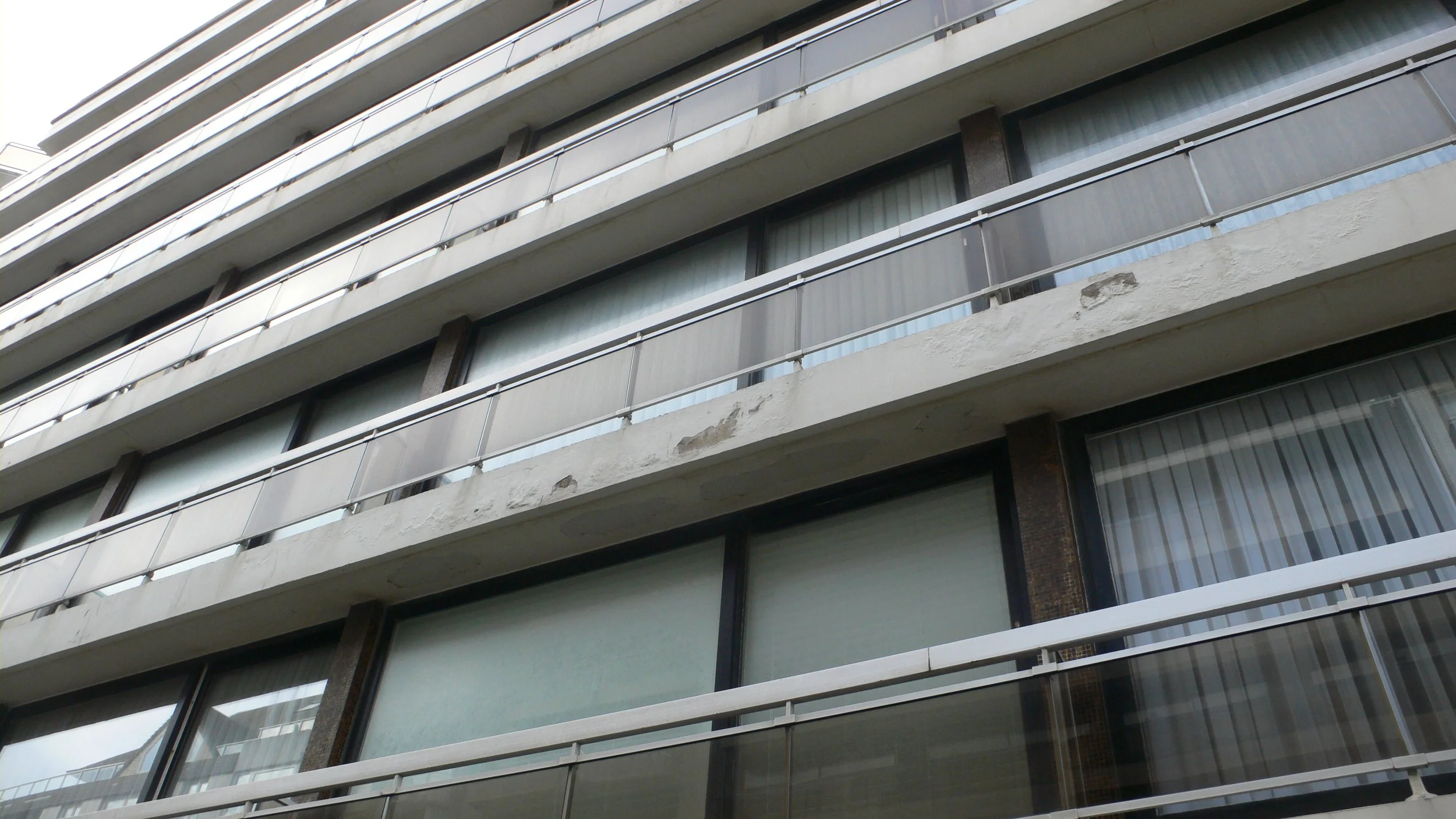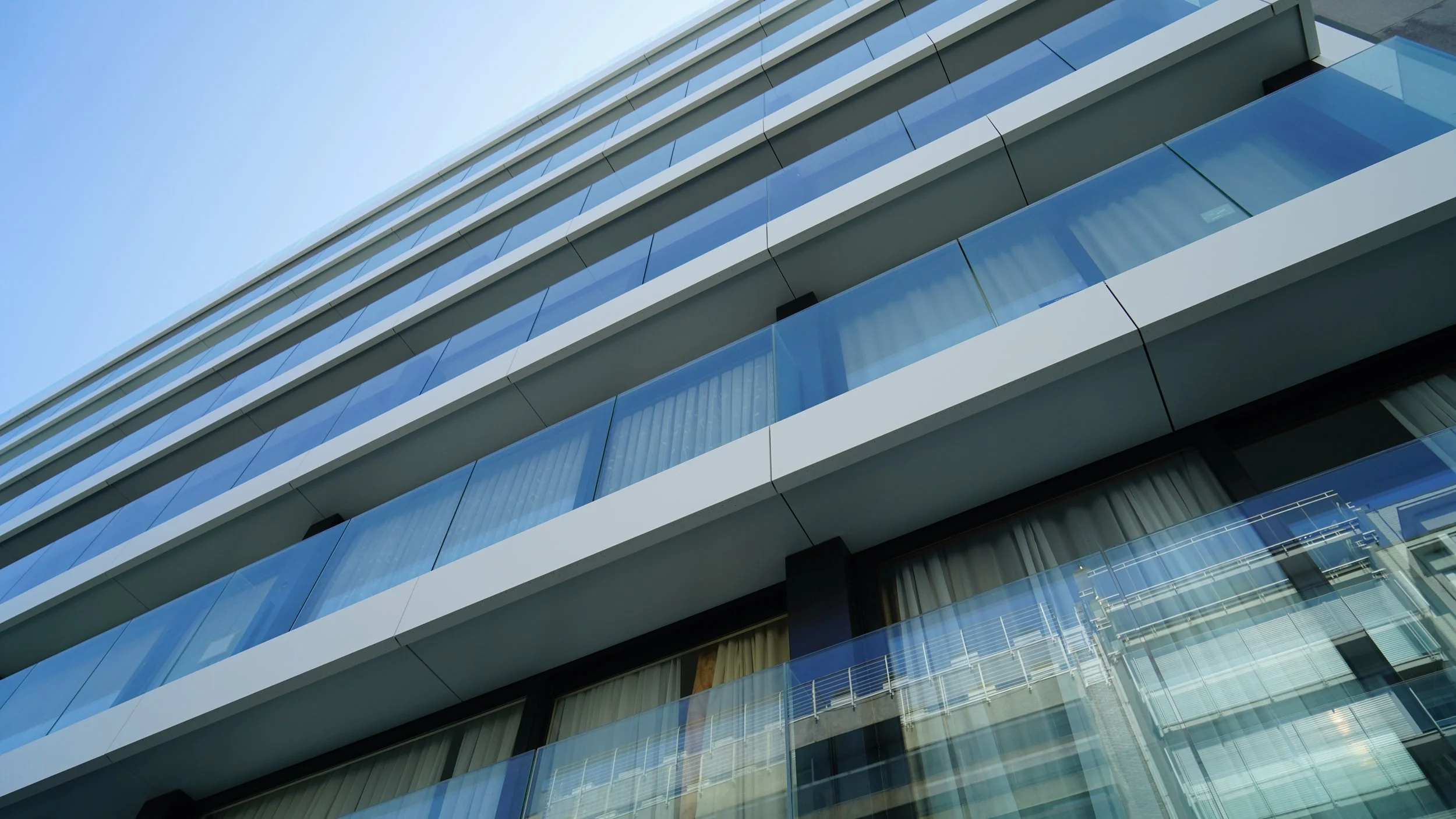Investing in Tomorrow: Transforming Existing Structures for Future Returns
In a world where change is the only constant, it's imperative to recognize the evolving needs and uses of our living spaces. We find ourselves at a crossroads, where improving existing structures to accommodate these changing demands is paramount. The key lies in adopting a timeless approach that avoids unnecessary demolitions, minimizing discomfort for property owners and the disruption caused by moving during the construction of new buildings.
In order to mitigate these challenges, it becomes increasingly crucial to seek solutions that enable ongoing transformation while minimizing the impact on residents' lives.
Maximizing the value of our clients’ assets
The Path to Sustainable Transformation
One way to achieve this transformation is by enhancing the building shell, ensuring it meets current insulation standards and modern energy efficiency requirements. Upgrading the building's installations to state-of-the-art systems, including those supplied by renewable energy sources, further aligns it with contemporary sustainability standards. Additionally, possible extensions, such as the addition of new balconies or larger outdoor spaces, enhance the quality of life for residents.
We explore low-tech bioclimatic measures for the building. We look at the building's orientation and design various options for architectural shading. This way, we not only limit overheating but can also enhance the architectural value of the façades.
These steps not only represent an investment in reduced energy bills but also hold significant market value for the future, especially in the case of resale. Forward-thinking property owners can reap the rewards of these sustainable upgrades, attracting environmentally conscious buyers and increasing the overall value of their investments.
Vertical Expansion: Maximizing Returns
When we discuss vertical expansion, we're talking about adding new floors on top of existing buildings, maximizing land usage and creating additional living space that can be sold. This approach not only generates potential income but also provides substantial financial support for the renovation of the building itself. By expanding vertically, property owners can optimize their assets and realize the true potential of their property
In this ever-changing world, acknowledging the evolving needs of residents and investing in the transformation of existing structures is not just a wise choice; it's a strategic one. It's an investment in the future, both in terms of sustainability and financial returns.
When we discuss financial returns, we consider the Total Cost of Ownership (TCO), which evaluates all aspects of a renovation. It's vital because there are often hidden costs that clients may not be aware of, and these can significantly impact the future. We assess all expenses involved to determine long-term benefits and present various options to our clients. TCO takes into account past energy bills, replacement, and maintenance costs spread over time. This helps us recommend the most cost-effective solution in the long run.
Sustainable Transformation:
Improve insulation and energy efficiency to meet contemporary standards.
Upgrade to state-of-the-art systems, including renewable energy sources.
Enhance architectural shading and building orientation to reduce overheating.
These steps cut energy costs, add market value, and attract eco-conscious buyers.
Vertical expansion involves adding new floors to existing buildings, creating more living space for sale. This generates income and supports building renovations.
Evaluating Long-Term Costs - Total Cost of Ownership (TCO) accounts for hidden costs and helps make informed decisions.
Matrix of options - We present clients with a range of options, combinations and phasing highlighting the pros and cons of each choice.
Advanced Approaches:
Post-studies on energy consumption and ROI.
Shifting operational responsibilities to service providers.
Explore cost-effective models like DBFMO and LaaS. (DBFMO involves designing, building, financing, maintaining, and operating a building, including energy management. LaaS means a third party manages and owns the lighting systems, while the building owner pays for their use and benefits from energy-efficient upgrades.)
Propose energy sourcing equipment to generate and sell excess energy.
Investing in existing structures isn't just wise; it's a strategic investment in sustainability and financial returns.
Uitgevoerd project - Residentie West Side, Knokke Heist - voor en na
Uitgevoerd project - Residenties Sun & Silver & Sea Swallow, Knokke Heist - voor en na
Uitgevoerd project - Residentie Orfeo, Knokke Heist - voor en na

Gevel renovatie 101
Een renovatie met een hoogwaardige opwaardering van de bestaande structuur, gecombineerd met binnenrenovaties als opt-in keuze, kan de meeste partijen geven wat ze willen. Een volledige gebouwschil kan worden vernieuwd volgens toekomstige normen. Lees meer

Waarom renovatie?
Een gebouw is nooit echt af; het kan altijd opnieuw worden aangepast en getransformeerd om een nieuwe vorm of functie aan te nemen. Hergebruik en opwaarderen van architectuur is in de loop van de geschiedenis een gangbare praktijk geweest en heeft in veel gevallen geleid tot het behoud van een groot deel van ons huidige culturele erfgoed. Lees meer













